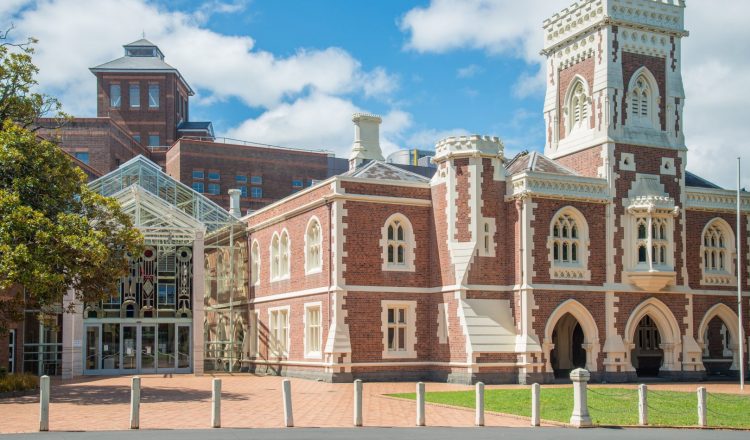Getting Legal Help in New Zealand
Getting legal help can be a very unpleasant task and the idea of going to court is a frightening prospect for most people. With that in mind, it’s essential to know what systems are in place in New Zealand, that might be able to assist you with a legal matter.
There are many instances where you may need legal help or advice, such as buying or selling real estate, negotiating contract agreements, immigration issues, child support or divorce proceedings. In many of these instances, you may need to contact a lawyer to represent you or give you some advice as to how to move forward with your legal issue. Lawyers must treat everything you tell them as confidential and act independently in your best interests.
Lawyers
Lawyers tend to separate into two groups, barristers that deal with legal issues inside the court, and solicitors who operate outside courts. Most lawyers are qualified as both, but choose to follow one route or the other as a professional. In New Zealand, everyone has the right to representation and legal help, but that doesn’t mean that lawyers and the services they provide are cheap. You should always ask a lawyer their hourly rate before enlisting their help or advice. If you want to look for a lawyer in New Zealand and don’t know where to start, the New Zealand Law Society has a list of registered lawyers and their firms with varying fees and costs.
Legal Aid
For the New Zealanders that can’t afford to get help from a lawyer, facing a legal issue can be a hugely stressful situation. Specific financial conditions may entitle an individual to legal aid, a fundamentally important system set up to protect every citizen’s right to justice, and allow representation for those who can’t afford a lawyer.
Legal aid is considered a loan that you may have to repay some or all of, depending on how much money you earn, what property you own or what you stand to receive if you win your case. Legal aid is available for criminal, family and civil cases but the requirements may vary depending on the severity of the case, your financial situation and parties involved.
Legal aid is only available for those who can’t resolve the legal issues without a lawyer. If you want legal advice and don’t need physical representation; there are other ways you can achieve this without paying high legal fees. You can get free advice from the Citizen’s Advice Bureau, or by contacting a Community Law Centre.
Citizen’s Advice Bureau
The Citizen’s Advice Bureau (CAB) provides free advice, education and support to those looking for legal advice on a wide variety of issues. As well as personally tailored help, the Citizen’s Advice Bureau has a very detailed website with information on your rights for a host of different subjects, such as consumer rights, housing, environment, employment and immigration. As well as visiting the website, you can go to your local CAB or speak with them over the phone. Trained volunteers operate the Citizen’s Advice Bureau, and it holds itself to very high standards as a force for positive social change.
Community Law Centres
Community law centres are also available nationwide to assist with legal information, education and even representation. They will provide you with a way to speak with and potentially meet lawyers that are experienced in the field that you require, as to give you the best possible advice. You can call a community law centre to receive guidance, drop in to one of the centres, or make an appointment with the staff. Those that are eligible to use a community law centre are those that need help with emergency housing, have a child at risk, suffer from a disability or have a low income. Community law in New Zealand is all about helping people enjoy justice and equality, no matter their circumstances. They strive to make their clients feel comfortable and confident when facing their legal issues.

















































